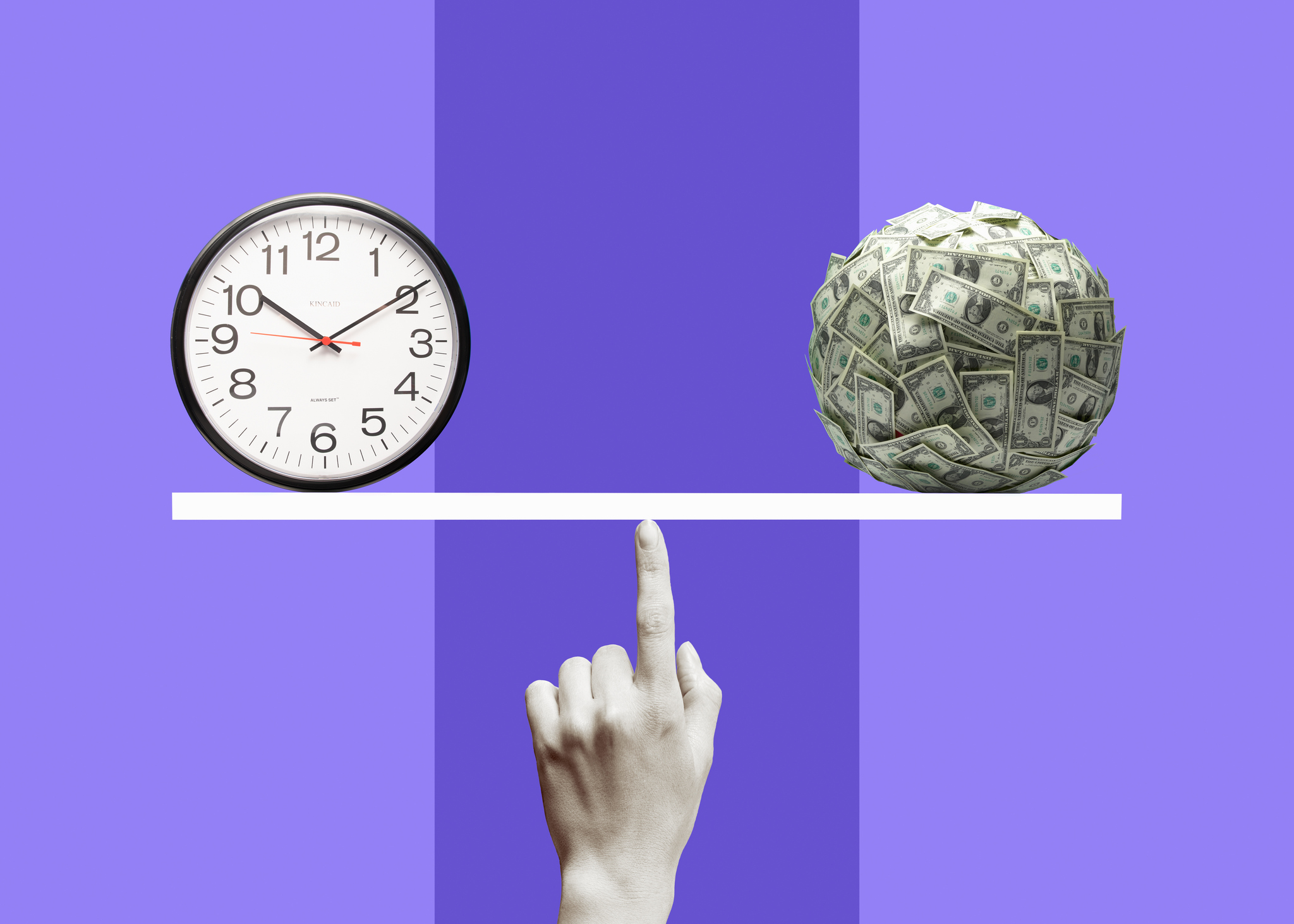
The fate of savings rates is at the forefront of many minds as the next Fed meeting approaches, with a decision on interest rates expected Wednesday. If you’ve waited to open a CD account until now, or if your current CD account is nearing maturity, you’re likely considering locking in rates ahead of this week's expected rate cut. But what CD should you open before the conclusion of the Fed meeting — a short-term or long-term account?
Over the last several years, there’s been a surge in the popularity of CD accounts, as rates quickly rose in response to the Fed’s interest rate hiking campaign, which started in March 2022 and ultimately left the fed funds rate at a 23-year high. But the central bank has paused its rate-hiking campaign and is expected to start cutting rates as soon as this week's meeting. With rate cuts on the horizon, consumers are looking for ways to keep their savings strong for as long as they can. For many, this means turning to longer-term CDs.
The number of savers shopping for 2-year CDs on online marketplace CD Valet increased 110% in August, the company reported, while the number looking for 4-year to 5-year CDs increased 100%. "As interest rates shift, savers must stay informed and proactive," says John Blizzard, Founder of CD Valet.
Should you get a long or short-term CD before the next Fed meeting?
When comparing current CD rates, you’ll notice that the best rates offered currently are mainly on short-term CDs. However, opening a long-term CD may be more prudent at this time, given the coming drop in rates. Opening a longer-term CD can be an easy way to maximize the amount of interest earned on your savings, because of course, the longer you keep your money in a CD, the more interest you’ll earn.
When the Fed raises or lowers interest rates, savings rates usually do the same — which is why rates rose substantially following the Fed’s rate-hiking campaign. But as inflation cooled and the Fed kept interest rates steady, rates on savings accounts inched slightly down. Rates will drop even more when the Fed cuts rates over the next couple of years. The first rate cut of 25 basis points is expected at the September meeting which concludes Wednesday.
So, locking in high rates for as long as possible can be a smart savings strategy, but there’s one main factor to consider. When putting money in a CD account, you’ll have to be prepared to “set it and forget it”. That means not accessing the cash until the CD matures, which can prove challenging if your cash is tied up for several years. If you do withdraw funds early, you’ll be charged a fee that can offset any interest earned.
But if you’re okay with setting aside a chunk of change for a longer-term CD, it’ll pay off. (We recommend building a solid emergency fund before you consider putting aside any cash in a CD). If you’re comfortable with a long-term time commitment, a 5-year CD is a solid option, with some of the top earning accounts offering over 4% APY. While many 1-year CDs have rates even higher — over 5% — locking in a slightly lower rate will pay off in the long run.
Putting $5,000 in a 1-year CD with a rate of 5.25% will earn you $262.5 in interest. If you want to open another CD once that one matures, you’ll have to settle for a much lower rate. On the other hand, if you lock in a rate of 4.32% for a five-year CD, you’d maintain that savings rate for the whole five years, earning $1,177.43.
If you can’t commit to a long-term CD, however, it’s still worth opening a short-term one. You just won’t be able to take advantage of high rates for as long. But it will still help you earn some extra cash without tying up your money for an extended time. It's also worth opening a high-yield savings account, although these accounts won't allow you to lock in rates.
Use our tool, powered by Bankrate, to compare CDs today.







